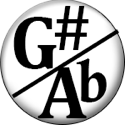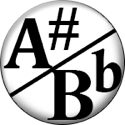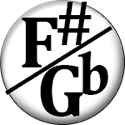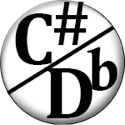V of III Secondary Dominant Patterns
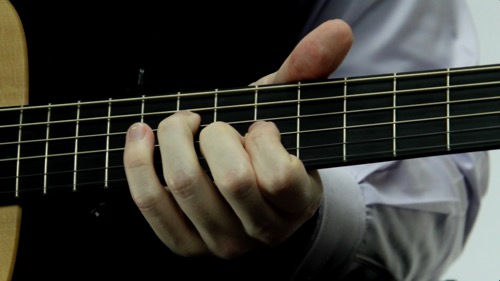
Hi. This is Hub Guitar.
We're going to talk about the V of III chord.
This is a secondary dominant chord. So it would not normally be found inside of the chords used for the key. Instead, it is the fifth chord of the key that could be created from the third chord of the original key.
For example, in C major, the I chord is C and the III chord is E minor. Now, the V chord of E minor would be B major. That chord doesn't belong in the key of C, but we can "borrow" it and put it in front of the E minor, giving more weight to the E minor chord.
We're going to play this on strings 2, 3 and 4 because this is a good range for accompaniment.
Let's hear it.
So once you've got this down, you want to apply this to other inversions of the C chord, and other string sets. Learn the patterns, and get used to the sound of that V of III. Then try to apply it to your own playing.
The V of III can be thought of as a borrowed dominant chord from the key of the III. It does not exist in the key of the I chord, except for its momentary use to transition to the III.
Example Chord Progression
In the key of C major, C is the I chord. And the III- chord is E-. Suppose we want to “highlight” the III chord. We can precede it with the V chord from the key of III. Since III is E-, its relative V chord would be B. This is a chord that does not normally exist in the key of C. But we can “borrow” it, and put it in front of the E-.
| Function | I | V/III | III- | V |
| Chord | C | B | E- | G |
| Chord Source | C major | E minor | C major | C minor |
Chord Sources
Note that in the chart above, we claim that the chord B comes from the key of E minor. That’s because the key of E minor shares most of its notes with the key of C major, and this is the most likely context in which we would borrow a chord from E minor for use in C major. Also, since the chord after the B major is an E- chord, we’ll tend to hear some relationship between them.
The Chords
C, Root Position
B, Root Position
E-, 2nd Inversion
G, 1st Inversion
C, Root Position
Key Exercises
- Learn, memorize, and apply the chords.
- Create another progression using closed triads. For instance, voice lead the same progression starting on the 1st inversion of C major.
 As the creator of Hub Guitar, Grey has compiled hundreds of guitar lessons, written several books, and filmed hundreds of video lessons. He teaches private lessons in his Boston studio, as well as via video chat through TakeLessons.
As the creator of Hub Guitar, Grey has compiled hundreds of guitar lessons, written several books, and filmed hundreds of video lessons. He teaches private lessons in his Boston studio, as well as via video chat through TakeLessons.




